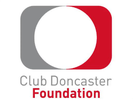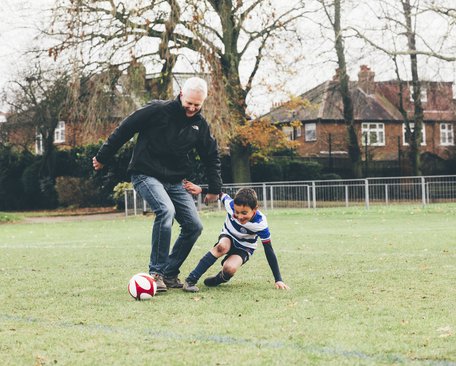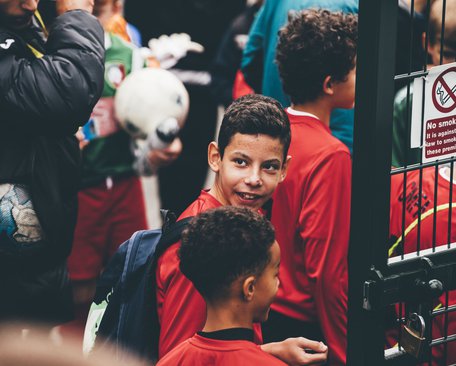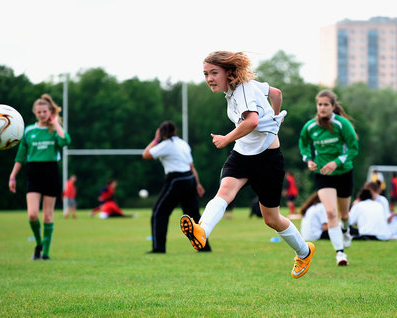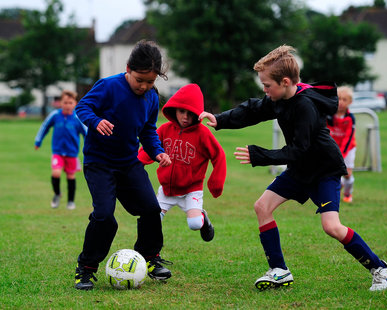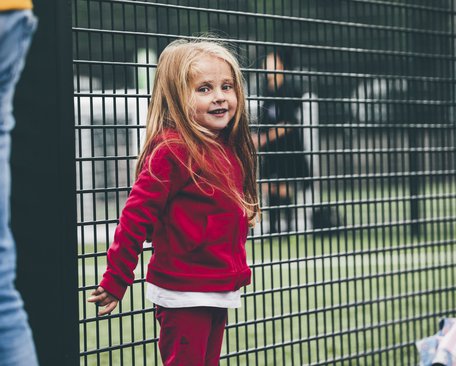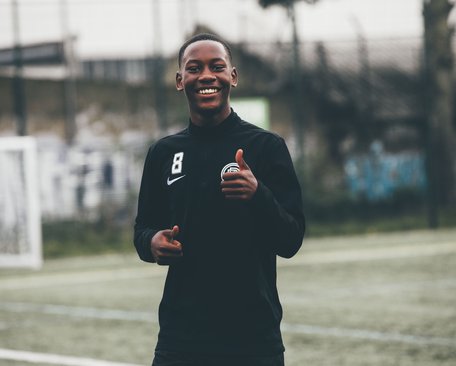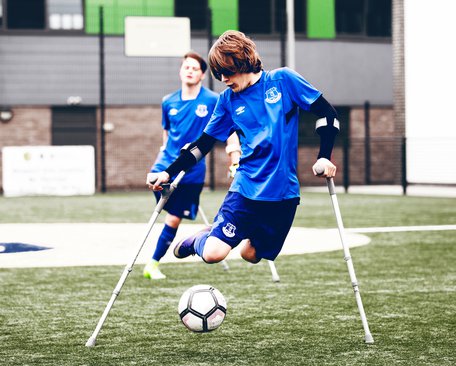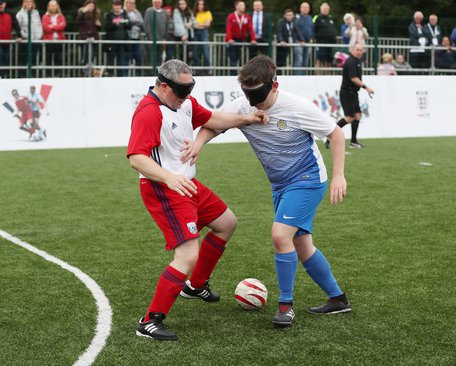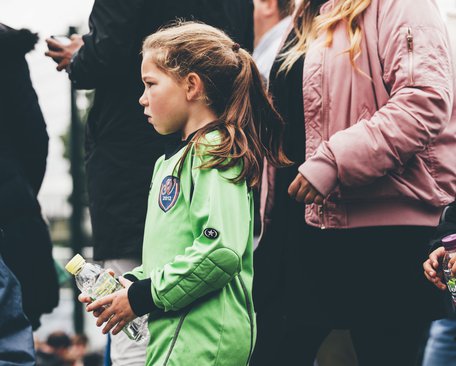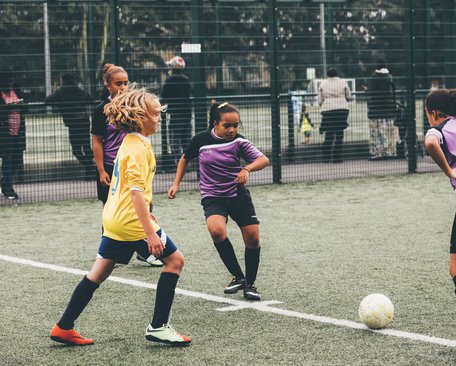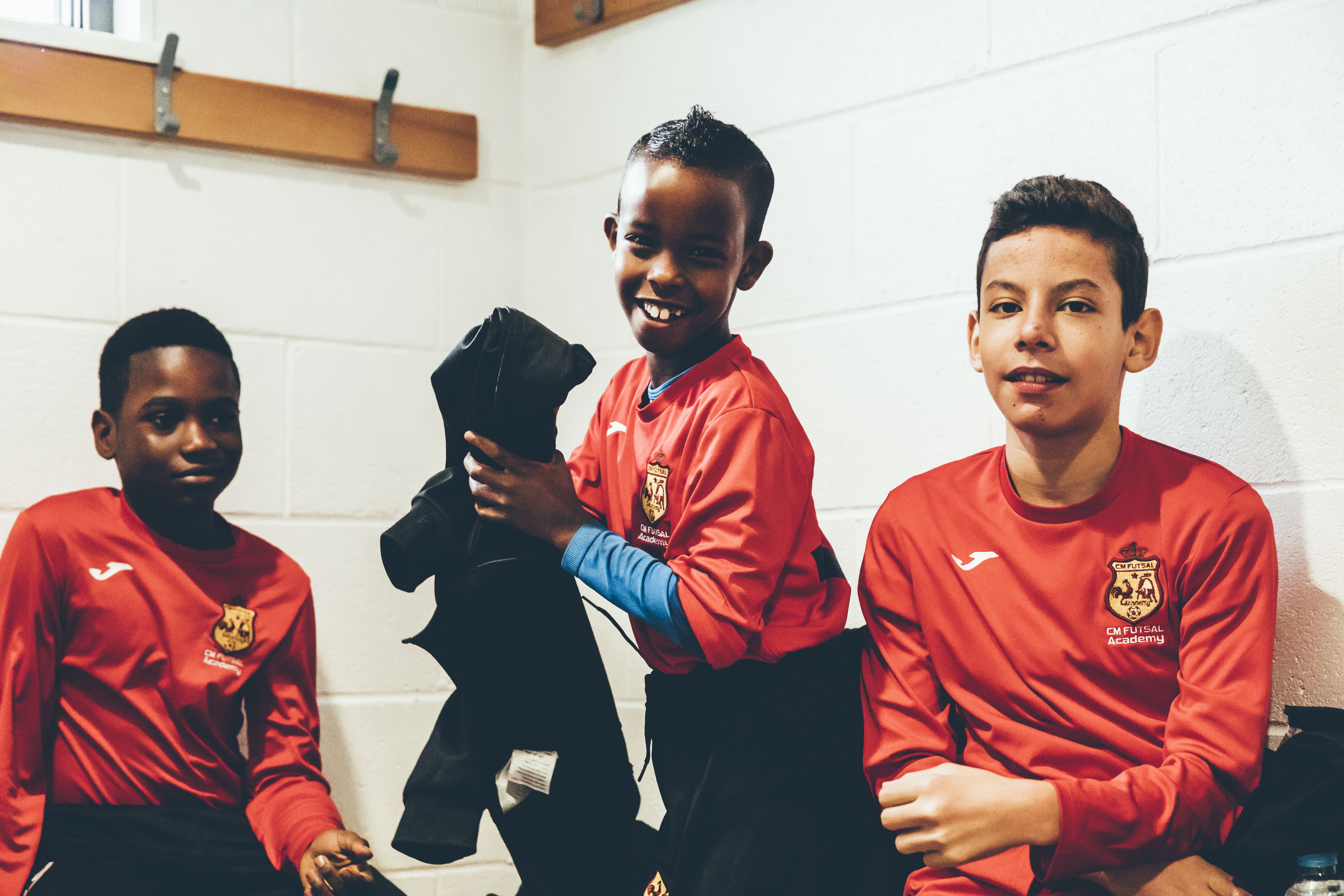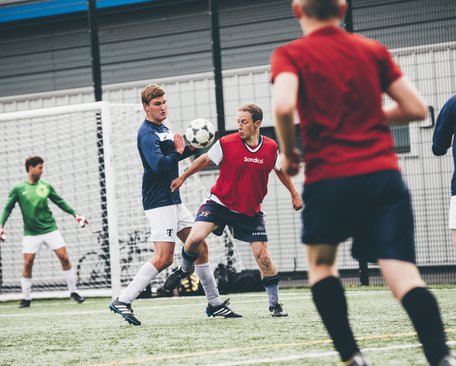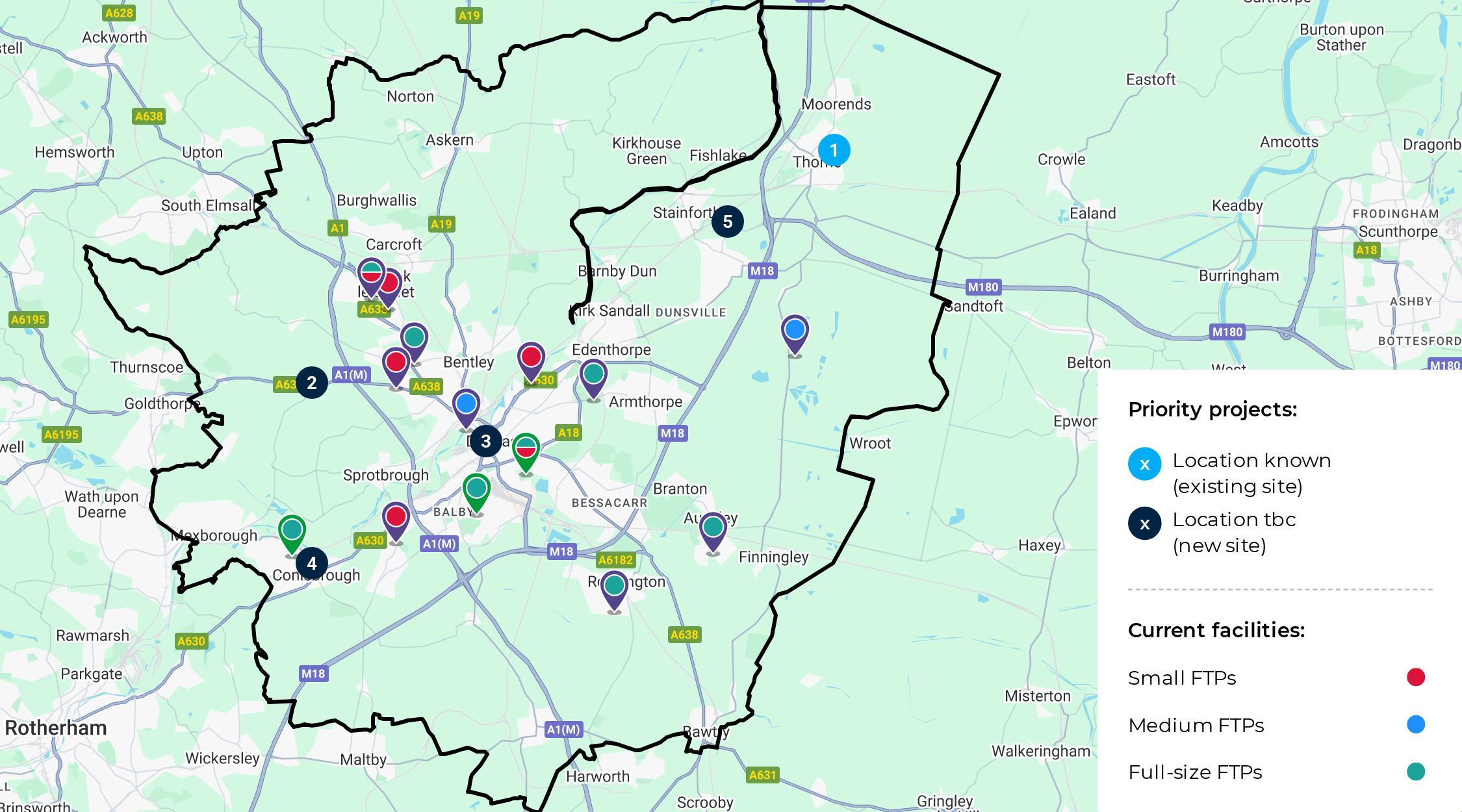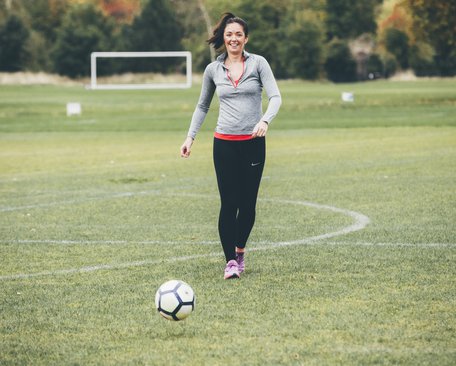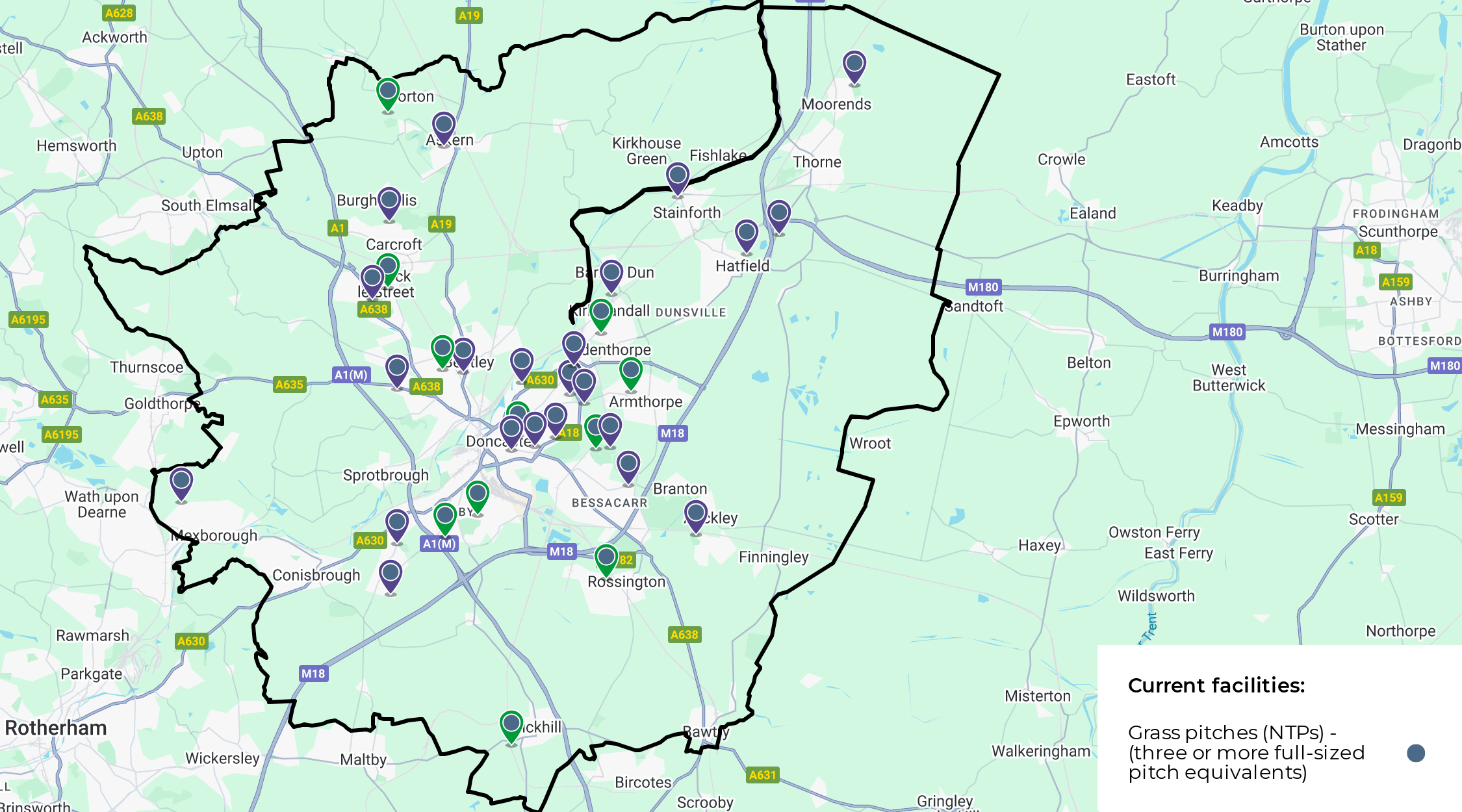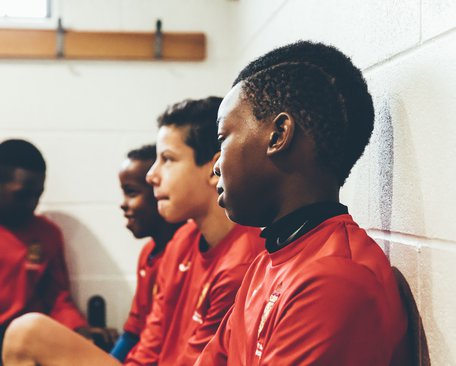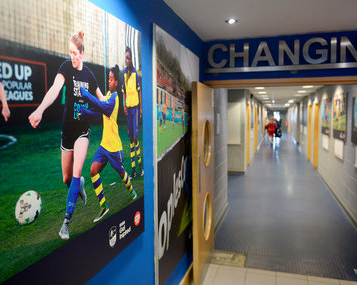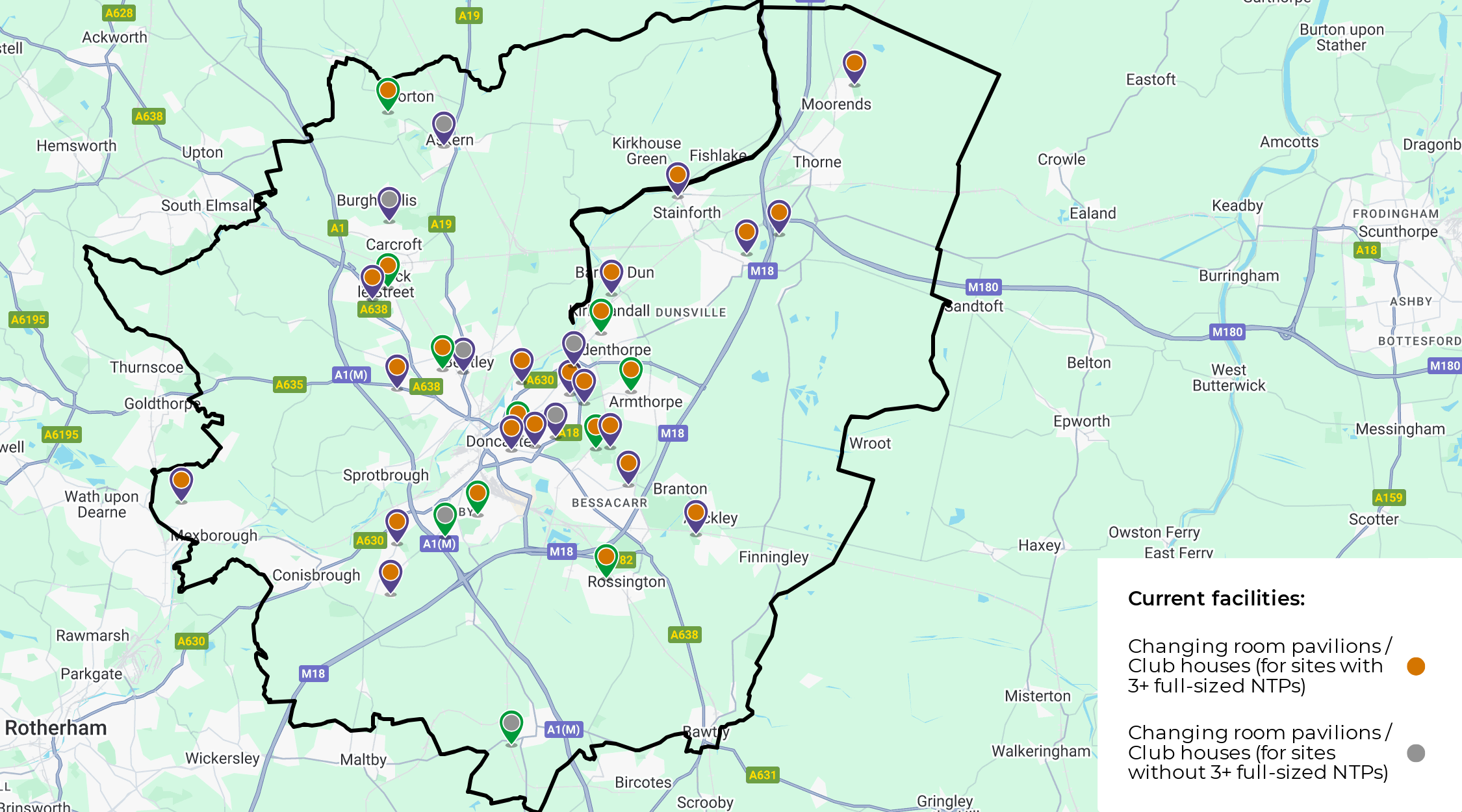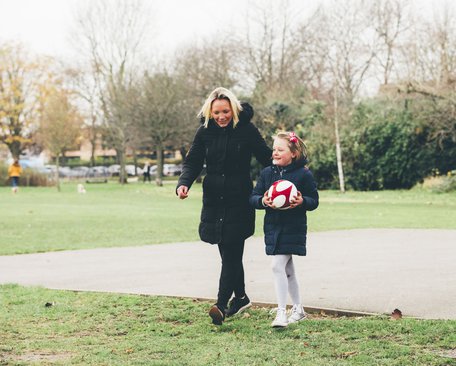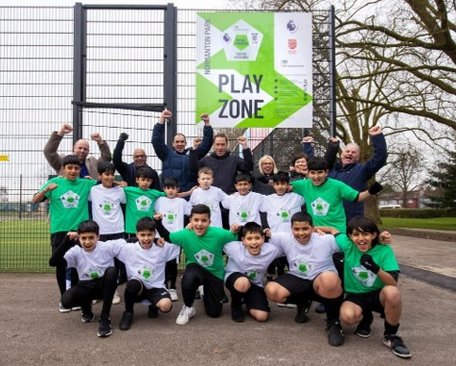South Area - 3G FTP projects
Location
Location details:
Facilities
- New 11v11 Floodlit 3G FTP (2)
Owner
Not known
Deliverability score
Very High (4/4)
NFFS outcome score
3.3/4
Overall score
88% (10.6/12)
Notes
There is a shortfall of two 11v11 3G FTPs in the south sub-area. Site options require exploration, subject to feasibility. Possible options to explore, but not limited to, include:
- Edlington: The Council is keen to explore the potential to work with the FF and Sheffield and Hallamshire FA to deliver an 11v11 3G pitch on the site of a new leisure centre development. A site has been identified but cannot yet be named due to pending legal agreements to be signed.
Key clubs which could benefit from a 3G pitch in the area include Edlington White Star (13 teams), Sprotbrough & Cusworth Crusaders** (29 teams), Tickhill Juniors** (23 teams).
- Rossington Miners Welfare: Existing grass pitch site owned by CISWO, adjacent to NLS club Rossington Main.
Key clubs which could benefit from a 3G pitch in the area include Rossington FC (24 teams including 5 women & girls teams), Rossington Main FC (5 teams), Tickhill Juniors** (23 teams).
- Laurel (Delta) Academy, Mexborough: Existing large grass pitch site managed by Delta Academies Trust which has recently delivered new 3G FTPs at two other sites in Doncaster.
Key clubs which could benefit from a 3G pitch in the area include Mexborough Knights (10 teams), Mexborough Athletic (8 teams), Mexborough Rangers JFC (6 teams), Sprotbrough & Cusworth Crusaders** (29 teams).
- The Hayfield School: Existing secondary school containing 12 grass pitches and 1 small sided (60mx44m) sand based pitch.
Key clubs which could benefit from a 3G pitch in the area include Branton FC**, (12 teams , Bawtry FC** 15 teams)
Project Focus
Adult female; Adult male; BAME; Disability; IMD / lower social economic groups; Mini-soccer; Pro-club; Small-sided informal; Small-sided recreational; Small-sided teams and leagues; Youth female; Youth male




